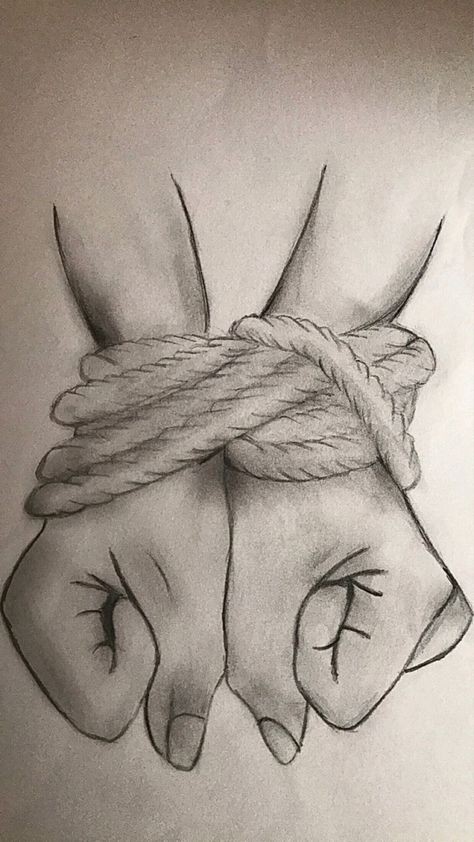Beginner's Guide to Art Painting: Easy Face Drawing Tutorial and Unique DIY Ideas
Embarking on the journey of art painting can be both exciting and intimidating, especially when it comes to drawing faces. Whether you're a complete novice or looking to refine your skills, this beginner’s guide will walk you through an easy and enjoyable process for creating expressive and unique face drawings. From basic techniques to creative DIY ideas, you'll find everything you need to get started and build confidence in your artistic endeavors.
1. Getting Started with Face Drawing
Understanding Proportions: Before diving into drawing, it's essential to grasp the basic proportions of the human face. The face is typically divided into three main sections: from the hairline to the eyebrows, from the eyebrows to the nose, and from the nose to the chin. Understanding these proportions helps in achieving a balanced and realistic portrayal.
Materials You'll Need:
Graphite pencils (HB, 2B, 4
Eraser
Sketchbook or drawing paper
Ruler (optional for measuring proportions)
Blending stumps (optional for shading)
2. Step-by-Step Face Drawing Tutorial
Step 1: Outline the Basic Shapes Start by sketching a rough oval shape for the head. Divide the oval into sections with light guidelines to map out the facial features. Draw a vertical line down the center of the face and a horizontal line halfway through the oval for the eyes. Add another horizontal line for the nose and a line near the bottom for the mouth.
Step 2: Sketch the Facial Features
Eyes: Draw the eyes along the horizontal eye line, spacing them approximately one eye-width apart.
Nose: Position the nose along the second horizontal line, adjusting the shape and size according to the character you want to portray.
Mouth: Draw the mouth on the final horizontal line, keeping it proportionate to the nose and eyes.
Ears: Add the ears between the eye line and the nose line, ensuring they align with the eyes and nose.
Step 3: Refine the Details Refine the shapes of the eyes, nose, and mouth, adding more detail to the features. Smooth out the lines and adjust the proportions as necessary. Add the hairline and sketch the hair in simple shapes, keeping it loose and natural.
Step 4: Add Shading and Texture Begin shading the face to create depth and dimension. Use softer pencils (2B or 4 to add shadows around the nose, under the eyes, and beneath the chin. Blend the shading with a blending stump or your finger for a smooth transition. Highlight areas where light hits the face to add realism.
Step 5: Final Touches Review your drawing and make any final adjustments. Erase any unnecessary guidelines and refine the lines for a clean finish. Add any additional details, such as freckles or texture in the hair, to complete your portrait.
3. Creative DIY Ideas for Unique Face Drawings
Experiment with Different Styles:
Abstract Faces: Use bold lines and shapes to create an abstract representation of a face. Experiment with color and form to develop a unique artistic style.
Geometric Faces: Incorporate geometric patterns and shapes to form the features of the face. This style adds a modern and striking visual element to your drawings.
Mixed Media: Combine traditional pencil drawing with other materials, such as watercolors or markers, to add vibrant colors and textures to your portraits.
Create Personalized Portraits:
Self-Portrait: Use the skills you've learned to draw a self-portrait. Focus on capturing your unique features and expressions.
Character Portraits: Draw portraits of fictional characters or people you admire. Use creative elements and styles to capture their essence and personality.
Incorporate Artistic Elements:
Backgrounds: Add simple or detailed backgrounds to your portraits to provide context and enhance the overall composition.
Patterns and Designs: Integrate patterns and designs into the hair or clothing of your portrait to add visual interest and creativity.
4. Tips for Improving Your Face Drawing Skills
Practice Regularly: The key to improvement is consistent practice. Set aside time each day or week to draw faces and experiment with different techniques.
Study Reference Photos: Use reference photos to understand different facial expressions, angles, and features. This practice helps in developing accuracy and detail in your drawings.
Seek Feedback: Share your work with others and seek constructive feedback. Joining art communities or classes can provide valuable insights and support.
Stay Patient and Persistent: Drawing faces can be challenging, but patience and persistence are crucial. Embrace the learning process and celebrate your progress along the way.
Conclusion
Drawing faces is an engaging and rewarding aspect of art painting that allows you to explore your creativity and develop technical skills. By following this beginner-friendly tutorial and experimenting with unique DIY ideas, you can create expressive and captivating portraits. Remember, the journey of improving your drawing skills is a gradual process—keep practicing, stay inspired, and enjoy the artistic adventure.






